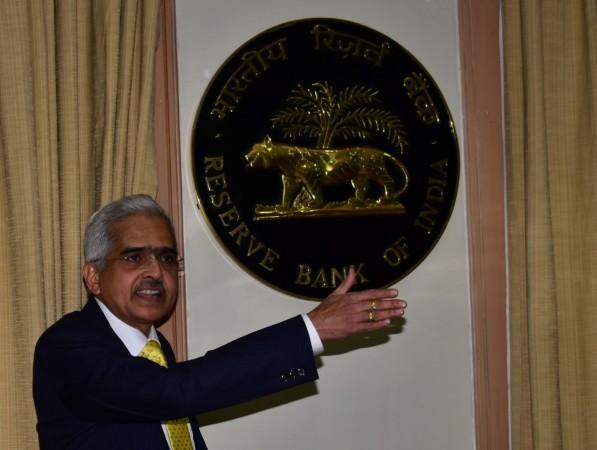
The Reserve Bank of India (RBI) reduced the repo rate to 6.25 percent from 6.50 percent on Thursday in a significant move that would help increase liquidity in the market. The Monetary Policy Committee (MPC) of the central bank also changed its stance to 'neutral' from the 'calibrated tightening' adopted late last year.
The first monetary policy meeting under the new RBI Governor Shaktikanta Das expectedly smiled on the Modi government, which was reportedly at loggerheads with earlier central banks chiefs Raghuram Rajan and Urjit Patel. Das, a former top ranking finance ministry official, took charge of the reserve bank after the abrupt exit of Urjit Patel in December last year.
It seems the government, which was worried over the liquidity impact of the hawkish stance of the previous governor, has got what it wished for. The slashing of repo will prompt banks and NBFCs to reduce their lending rates. This will increase liquidity, lower home loan interest rates and thereby spur the sagging realty market.
RBI’s decision to reduce the repo rate by 25 basis point from 6.5% to 6.25% and change of stance to ‘Neutral’ will give a boost to the economy, lead to affordable credit for small businesses, homebuyers etc. and further boost employment opportunities
— Piyush Goyal (@PiyushGoyal) February 7, 2019
Support in key constituency
Higher liquidity in the NBFC sector will also alleviate the funding crunch faced by the small and medium business segment, a key constituency that was cut up with the Modi government in the aftermath of the demonetisation in 2016. The IL&FS crisis, increasing debt defaults by corporates and the rising non-performing assets of the banks have also been a headache for the government that has stepped into the election cycle.

By loosening liquidity and softening the outlook, the reserve bank has administered the right medicine foe the government's election year pangs. Last week, the government presented a populist budget as well, clearly aiming to win over the sections of the electorate that is generally dissatisfied with the economic performance of the country during the five years under Prime Minister Narendra Modi.
-
Here are the key points from the RBI Monetary policy
- Repo rate, the rate at which the central bank lends to the commercial banks, reduced 25 basis points to 6.25 percent.
- The rate cut rate is the first in 17 months, the last being in August 2017
- RBI's decision to reduce the repo rate by 25 basis point from 6.5% to 6.25% and change of stance to 'Neutral' will give a boost to the economy, says stand-in Fianance Minister Piyush Goyal in a tweet.
- Goyal also adds that it will lead to affordable credit for small businesses, homebuyers etc. and further boost employment opportunities.
- In the six-member rate setting panel, Deputy Governor Viral Acharya and Chetan Ghate voted for keeping the repo rate unchanged.
- The reverse repo rate stands at 6 per cent
- The MPC says it sees CPI inflation at 2.8 percent in January-March 2019 and 3.2-3.4 percent in April-September 2019.
- Retail inflation in December eases to 2.19 percent from a rise of 2.33 percent in November. RBI pitches its dovish stance on the inflation numbers.
- In doing so, RBI apparently ignores core inflation and the fiscal showing of the government so far.
- Central bank lowers its inflation projection for the entire year 2018-19 to 3.9 percent
- RBI projects an economic growth rate of 7.4 percent for the next fiscal year, up from 7.2 percent estimated in the current fiscal.














